
views
X
Trustworthy Source
Centers for Disease Control and Prevention
Main public health institute for the US, run by the Dept. of Health and Human Services
Go to source
There are plenty of earmuff styles available for you to choose from, depending on your personal needs—in fact, it only takes a few minutes to review your options so you can stay as safe as possible in your daily routine. To learn how to properly use earmuffs for hearing protection, check out the tips below!
Putting on the Earmuffs
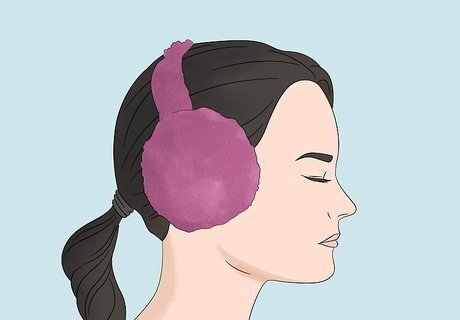
Slide generic headband earmuffs overtop your head. Most earmuffs come in a large, one-size-fits-all, which can save you some time if you’re shopping for a new pair. As you put on your earmuffs, pretend you’re wearing headphones, or a soft pair of winter earmuffs. Check that the cushions are centered over your ears, so your ears in order to provide full protection. Pressing your earmuffs in creates “seal,” which helps hold the cushions in place over your ears.
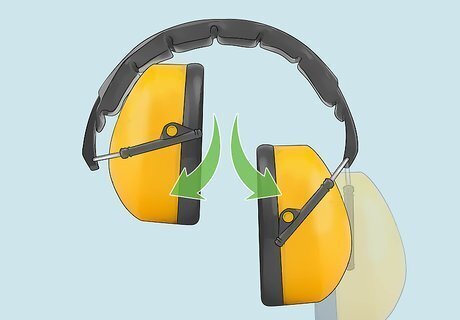
Unfold compact earmuffs before placing them over your head. Some earmuffs come pre-folded, which makes them easier to store and carry around. To unfold the muffs, slide each cushion out vertically to form the traditional earmuff shape that you know and love. At this point, you can center your earmuffs over your ears and go about the rest of your day. These types of earmuffs tend to come with an adjustable band, so you can fit them on your head more comfortably. Lift and pull on each cushion to extend your earmuffs, or push the cushions in to make them shorter.
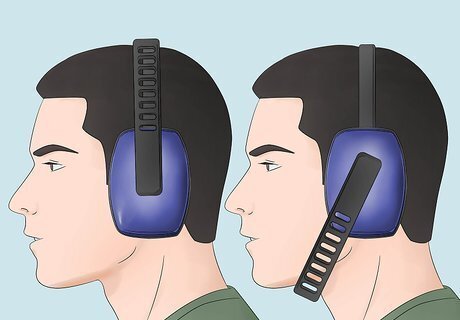
Modify some multiple-position muffs to wear below your chin. Place the headband of your earmuffs along the top of your head if you’d like to wear them traditionally. If you’d like to wear your earmuffs beneath your chin, attach an adjustable band between both earmuff cushions, which gives your earmuffs support as you wear them in different positions. Traditionally, you can thread the adjustable band through the side of each ear cushion, which makes a second, supportive headband. This band stays on top of your head while the actual headband rests behind your head or beneath your chin.
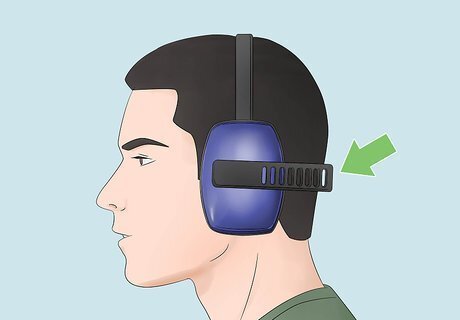
Adjust and wear certain earmuffs as a neckband. Thread an adjustable band between both cushions of your earmuffs. Continue adjusting the band until your earmuffs can fit comfortably around the back of your neck and over your ears. Feel free to take a look at the manufacturer instructions if you need brand-specific guidance. Multiple-position earmuffs usually give you the flexibility to wear them behind your ears.
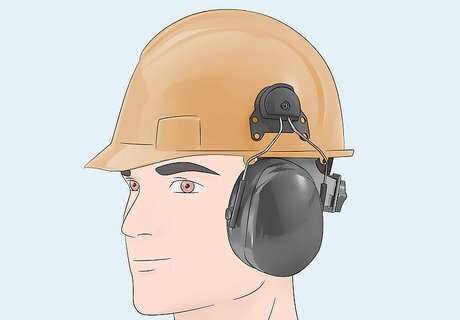
Attach smaller earmuffs to the side of a work helmet. Smaller, clip able earmuffs will come with an adapter clip, which helps you attach the physical earmuff to your hard hat. Slide 1 end of the attachable earmuff into the adapter, then center the cushions over your ears. Slide the outer portions of the cushions up and down until they’re in the correct position, and then lower the muffs so they’re centered and sealed over your ears. These types of earmuffs have “arms” connecting them to the adapter on your helmet. You’ll need to raise and lower these arms to secure the cushions over your ears.
Taking Proper Precautions

Center the cushions completely cover your ears. Earmuffs do a great job at blocking out sound, but only if they’re positioned correctly. Double-check that all parts of your ear are totally covered by the cushions so your hearing will be completely muffled.

Untuck any hair between your ear and the cushion. Feel between your ears and your cushion to make sure there’s no loose hair stuck between. While it’s not a big deal, loose hair can still reduce the amount of protection that your earmuffs provide, which isn’t ideal. It may help to tie up your hair before you start wearing earmuffs.
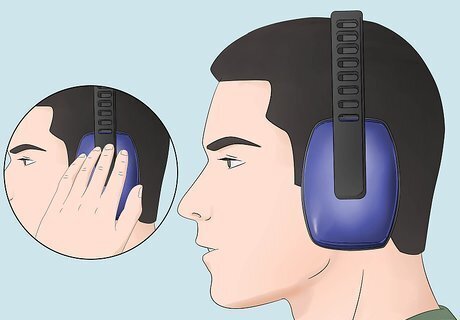
Seal the earmuff cushions securely along both sides of your head. Once the cushions are centered over your ears, press them into your ears and then let go. This helps “seal” the earmuffs over your ears, which provides extra protection from loud noises.


















Comments
0 comment